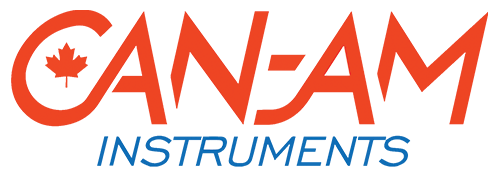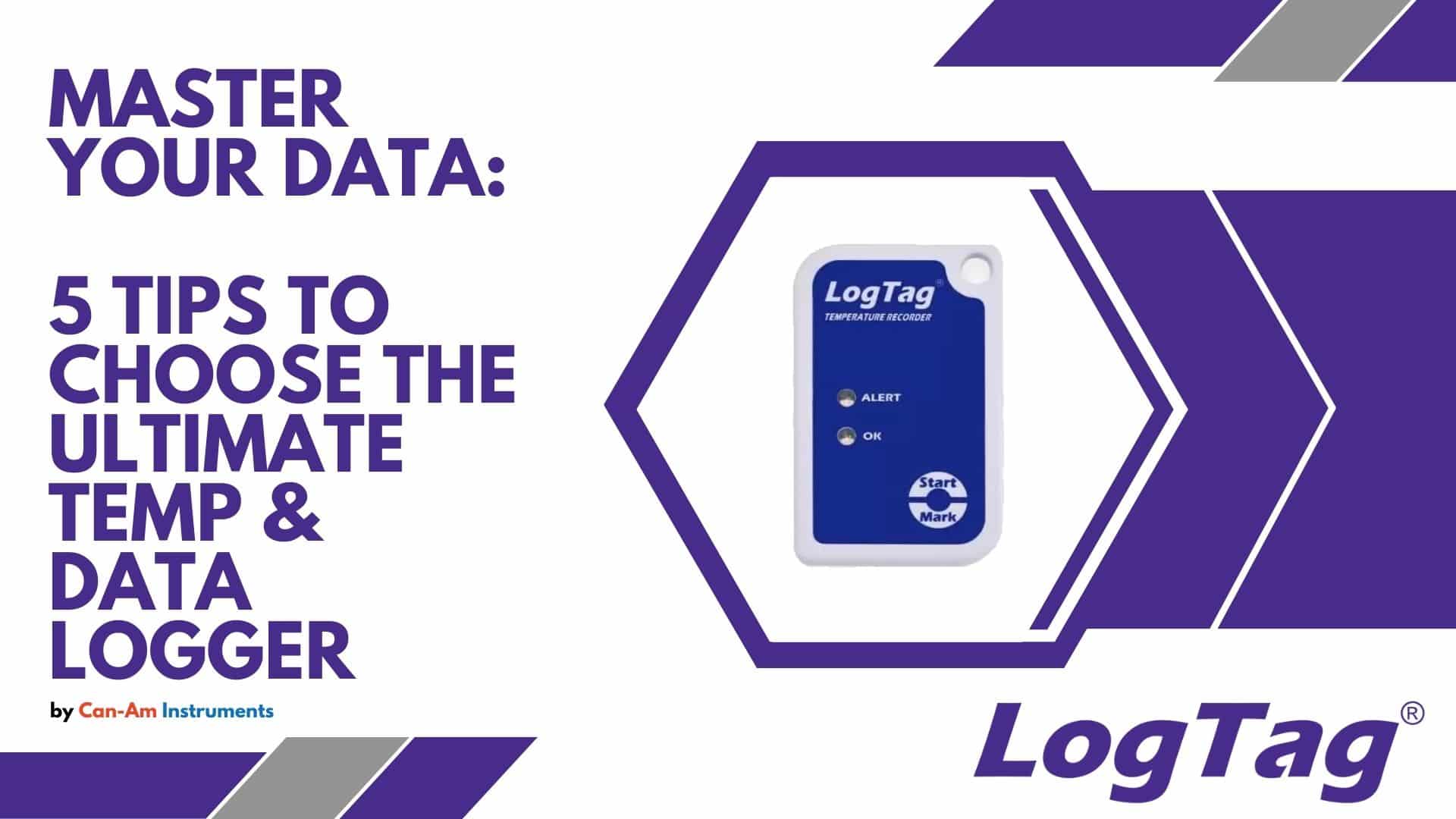Temperature and data loggers are vital tools for a wide range of industries, including pharmaceuticals, food and beverage, transportation, and agriculture. These versatile devices help businesses monitor and record crucial data, such as temperature, humidity, and pressure, ensuring the quality and safety of their products and services.
But how do you choose the right temperature and data logger for your business? With so many options available in the market, it’s crucial to understand your unique requirements and the features you need to make the right decision.
In this comprehensive guide, we will share five essential tips for selecting the perfect temperature and data logger for your business. By following these tips, you can optimize your investment, enhance your efficiency, and ensure your business remains competitive in today’s fast-paced world.
1. Define Your Data Logging Requirements
Before you begin your search for the perfect data logger, it’s essential to establish your specific data logging requirements. This involves understanding the type of data you need to collect and the level of accuracy required. Here are some questions to consider:
a) What parameters do you need to measure? (e.g., temperature, humidity, pressure, etc.)
b) What is the required range of measurements? (e.g., -40°C to +85°C for temperature)
c) How frequently do you need to collect data? (e.g., every 5 minutes, hourly, etc.)
d) How accurate must the data be? (e.g., ±0.5°C for temperature)
e) How long do you need to store the data? (e.g., days, months, years)
By defining your data logging requirements, you can narrow down your choices and select a data logger that meets your specific needs.
2. Evaluate the Logger’s Performance and Reliability
When choosing a data logger, performance and reliability are paramount. The device you select should be capable of consistently delivering accurate and reliable data, even in challenging environments. Consider the following aspects when evaluating a data logger’s performance:
a) Sensor accuracy: Ensure the data logger’s sensors meet your required level of accuracy for each measured parameter.
b) Operating temperature range: Make sure the data logger can function within the temperature range of your application.
c) Battery life: Look for a data logger with a long battery life to minimize downtime and the need for frequent battery replacements.
d) Memory capacity: Opt for a data logger with sufficient memory to store the data you need for your desired time frame.
e) Calibration: Check whether the data logger requires regular calibration to maintain accuracy and how easy it is to calibrate.
3. Choose the Right Data Transmission Method
Data loggers come with various data transmission methods, including USB, wireless, Ethernet, and cellular connections. The right method for your business depends on factors such as the distance between the data logger and your computer or server, the availability of internet or cellular connections, and the need for real-time data access. Consider the following when choosing a data transmission method:
a) USB: Suitable for smaller businesses with a limited number of loggers located close to the computer used for data analysis.
b) Wireless: Ideal for businesses with multiple loggers spread across a facility, allowing for easy data access without needing to physically connect to each device.
c) Ethernet: Suitable for businesses that require high-speed data transfer, particularly in real-time applications.
d) Cellular: Perfect for remote monitoring applications or when the internet is not readily available.
4. Prioritize User-friendly Software and Reporting
Data analysis is a crucial aspect of temperature and data logging. Ensure the data logger you choose comes with user-friendly software that enables you to easily analyze, visualize, and export the collected data. The software should provide customizable reporting options to suit your specific needs. Here are some features to look for in data logger software:
a) Compatibility: Ensure the software is compatible with your operating system (Windows, macOS, or Linux) and can be easily updated as needed.
b) Data visualization: Look for software that provides clear graphs and charts, making it easy to identify trends and anomalies.
c) Reporting options: Choose software that offers customizable reports, including summary statistics, data tables, and alerts for out-of-spec conditions.
d) Data export: Opt for software that allows you to export data in various formats, such as CSV, Excel, or PDF, for easy sharing and further analysis.
e) Remote access: If you need to monitor data remotely, look for software that supports web-based or mobile app access.
5. Consider the Logger’s Scalability and Integration Capabilities
As your business grows, your temperature and data logging needs may evolve. To ensure your investment remains future-proof, consider the scalability and integration capabilities of the data logger:
a) Scalability: Choose a data logger that can be easily expanded or upgraded to accommodate additional sensors or increased data storage capacity as your needs change.
b) Integration capabilities: Opt for a data logger that can seamlessly integrate with other systems or software, such as process control systems, environmental monitoring systems, or building management systems.
c) Compatibility with industry standards: Select a data logger that complies with relevant industry standards, ensuring compatibility with other devices and simplifying data exchange.
Conclusion:
Choosing the right temperature and data logger for your business is a critical decision that can significantly impact your efficiency, product quality, and regulatory compliance. By following these five essential tips – defining your data logging requirements, evaluating the logger’s performance and reliability, choosing the right data transmission method, prioritizing user-friendly software and reporting, and considering the logger’s scalability and integration capabilities – you can ensure you select the perfect device to meet your unique business needs.
With the right Logtag temperature and data logger in place, your business will be better equipped to maintain product quality, comply with industry regulations, and make informed decisions based on accurate and reliable data.


